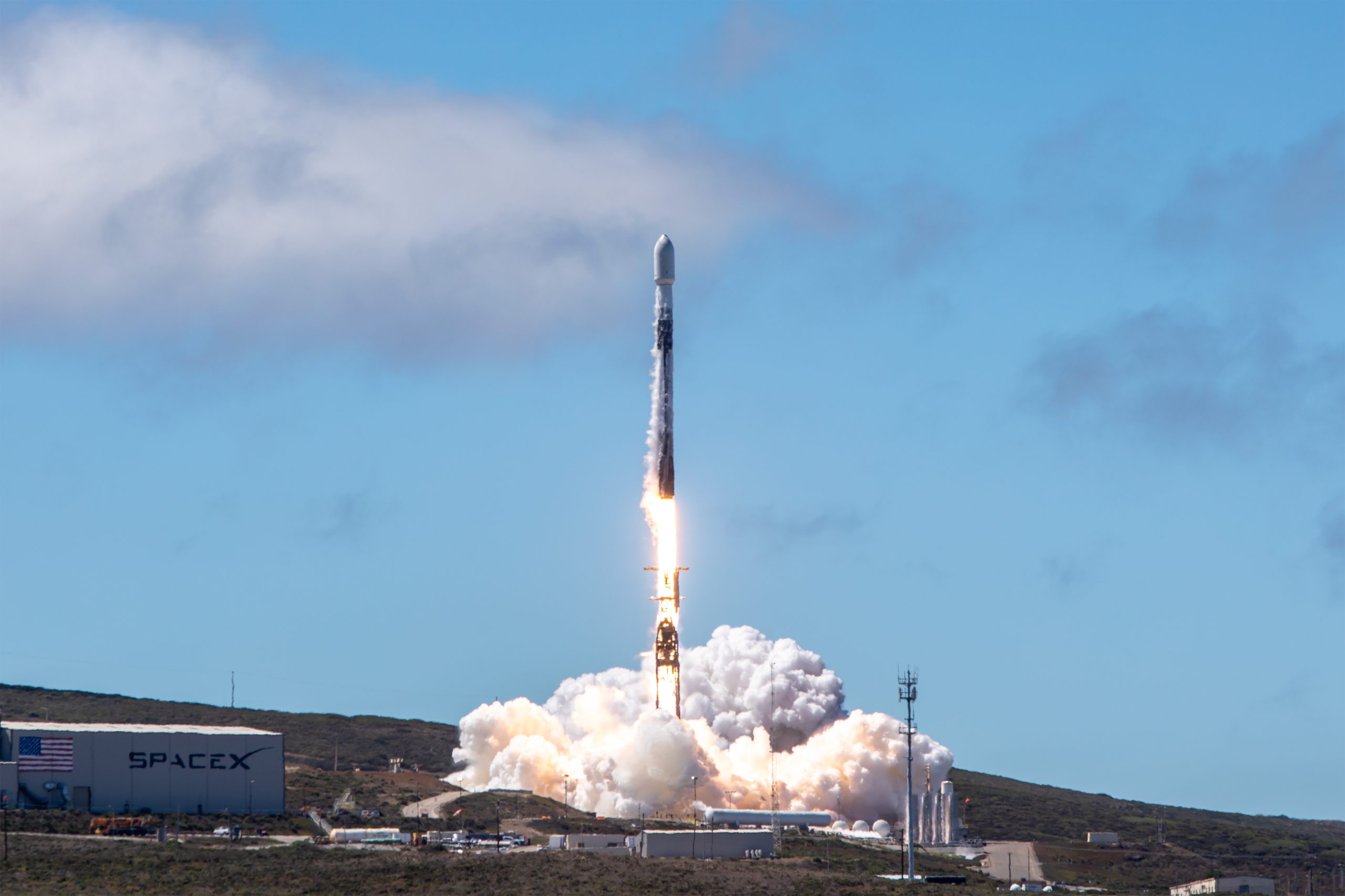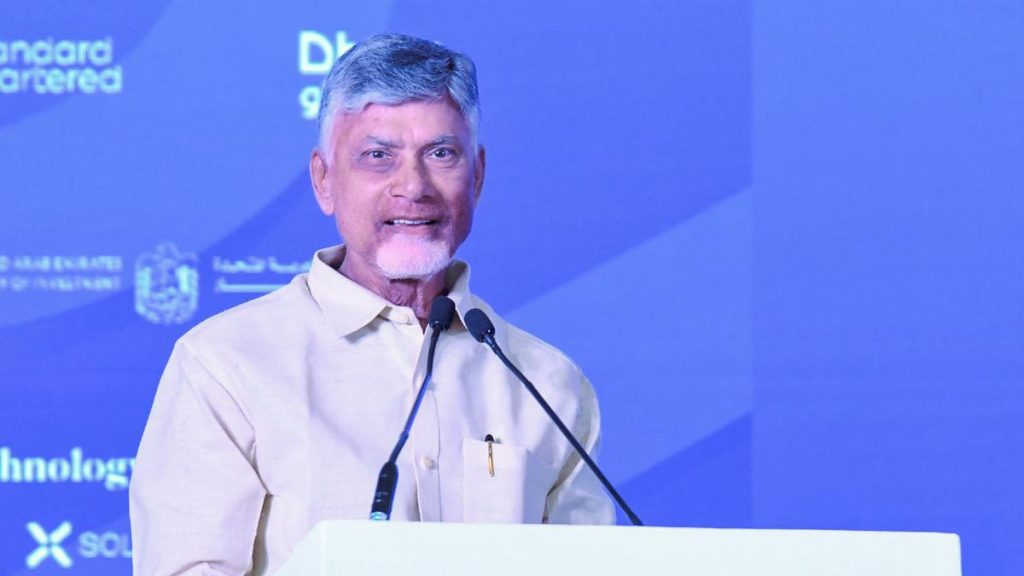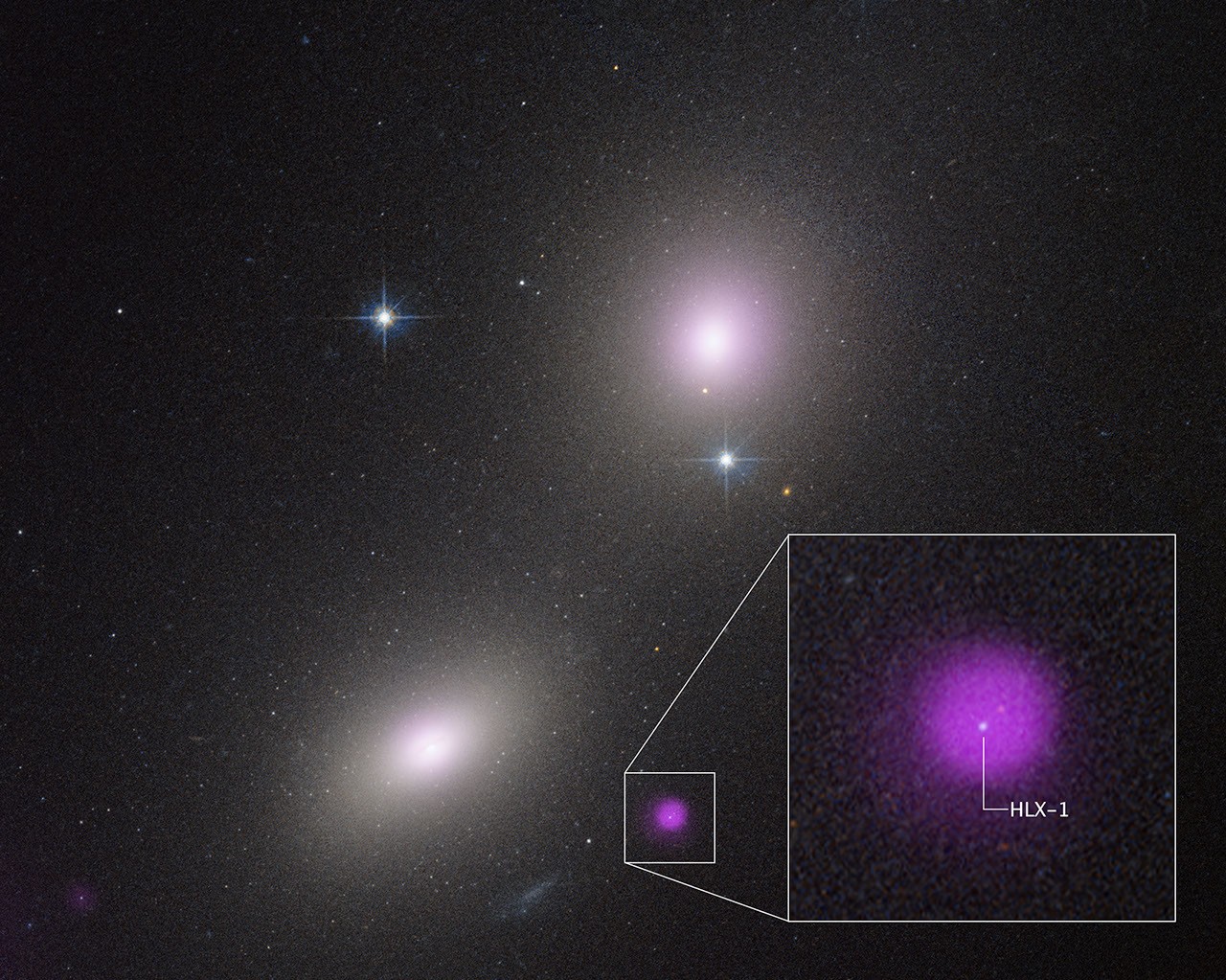Now Reading: NASA Launches Mission to Explore Earth’s Magnetic Shield
-
01
NASA Launches Mission to Explore Earth’s Magnetic Shield
NASA Launches Mission to Explore Earth’s Magnetic Shield

quick Summary
- NASA launched the TRACERS (Tandem Reconnection and Cusp Electrodynamics Reconnaissance Satellites) mission aboard a SpaceX Falcon 9 rocket from Vandenberg space Force Base, California.
- TRACERS will study Earth’s magnetic shield and its interaction with space weather, focusing on magnetic reconnection near the polar cusp at Earth’s North Pole.
- The two satellites will fly in tandem, gathering 3,000 measurements annually to investigate how solar wind energy affects Earth’s magnetosphere.
- Accomplished communication was established with one of the twin spacecraft shortly after separation from the rocket; they will undergo a four-week commissioning phase before starting their 12-month mission.
- Accompanying TRACERS were three CubeSat missions – Athena EPIC (studying longwave radiation), PExT (testing new communication technologies), and REAL (investigating electron scattering in van Allen belts).
- NASA’s partners for these projects include universities across the U.S. and federal agencies such as NOAA, as well as commercial organizations.
Images:
(No images provided in source text)
Indian Opinion Analysis
NASA’s launch of the TRACERS mission represents a significant leap forward in understanding Earth’s magnetosphere and its protection against space weather. Magnetic reconnection plays a critical role in shaping impacts from solar wind-a phenomenon that can perhaps disrupt satellite communications or electricity grids if not adequately understood. This research may have indirect implications for India’s growing space activities, including ISRO’s satellite programs or plans for crewed missions like Gaganyaan.
The technological advancements demonstrated by companion CubeSats also align with global efforts to make satellite technology more efficient and cost-effective. Innovations such as bridging government-commercial networks thru PExT could redefine space communication systems-a development pertinent for emerging space actors like India aiming to utilize low-Earth orbit efficiently. these studies underscore India’s need to invest more heavily in collaborative heliophysics initiatives to safeguard critical assets amidst increasing reliance on orbital infrastructure.
























